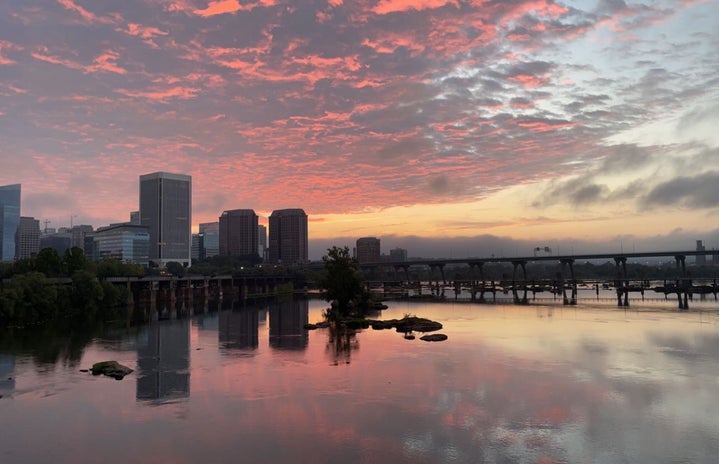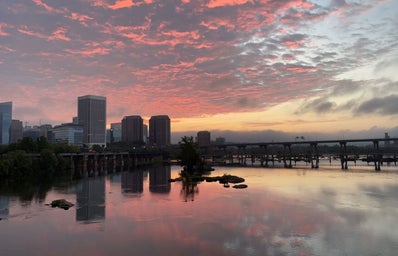Growing up ten minutes from the spot the very first African slaves touched American soil has always made me aware of the magnitude of historical significance the areas I live my daily life in carry. I left my hometown and moved to Richmond, which perhaps has even more history being the capital of the Confederacy and the most industrial city in the south in 1865.
To increase our awareness and celebrate Black History Month, here are five facts you may not have known about Richmond.
- Shockoe Bottom was the heart of Richmond’s booming Slave Trade
-
Slave-trade auction houses, jails and homes of the most prominent slave traders were scattered throughout Shockoe Bottom according to the National Trust for Historic Preservation. Richmond was also the last major stop before making it to the city of New Orleans. The author of “12 Years a Slave,” Solomon Northup, was jailed at Lumpkin’s Jail just three blocks from the capitol building downtown before he faced that same fate. Today, the plot remains empty, but Richmond groups are in the beginning stages of building a history museum in its place.
- Jackson Ward was known as the ‘Black Wall Street’ in the late 1800s
-
Located just a five minute walk from VCU’s campus, Jackson Ward was home to over 100 booming Black businesses at the turn of the 19th century, less than 75 years after slavery was outlawed. According to the National Park Service’s podcast on Richmond, “between the years of 1889 and 1929, there were six chartered African American owned banks in Richmond and each had a presence in Jackson Ward.” Other businesses included law offices, pharmacies and George O. Brown’s famous photography studio. The Jackson Ward Collective continues this economic legacy today and continues to provide programs and resources to those in the area.
- Richmond was home to one of the youngest Black national award winning photographers
-
George O. Brown is responsible for some of the most well known portraits of the Richmond Black community from the late 19th and 20th centuries, especially of notable figures like Maggie L. Walker. Brown was born enslaved and went on to open his own studio in Jackson Ward at 19 years old in 1899. Less than a decade later, he won a silver medal at the Jamestown Ter-Centennial Exposition of 1907 among iconic awardees like Mark Twain and Booker T. Washington. Brown passed away in 1910, but his photography business continued to create Black legacy until 1969.
- The city is home to many firsts in government
-
L. Douglas Wilder, the grandson of slaves, was born in Richmond in 1931. He attended Richmond’s public schools and the nearby Virginia Union University. After serving in the Korean War, working as a chemist, getting his law degree at Howard University and opening his own law firm, he went on to become the first Black governor in United States history in 1990. Just this past Tuesday — yes, as in Feb. 21, 2023 — Richmond native Jennifer McClellan became the first Black woman to represent Virginia in Congress.
- Richmond is also home to one of the oldest historically Black Universities in the south
-
Virginia Union University, currently located right behind Kroger, was founded in 1865 to “give the newly emancipated freedmen an opportunity for education of the mind in an ethical, religious environment” according to their official website. The university was founded by the American Baptist Home Mission Society (ABHMS) after Union troops took control of Richmond. There was an influx of over four million former slaves who were going to have access to education as citizens and Virginia Union was one of the first institutions available to educate. They also built the first academic library at an HBCU the same year that they were established.
This list could continue on for days as there is so much more we still have yet to uncover about the known and unknown history of Black Richmond. As the truth unravels, education is the most important thing so that we all can continue to use these lessons for the future as well as honor the accomplishments of those that went before us.


